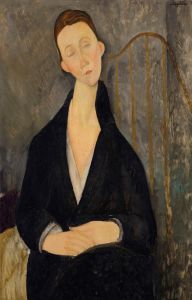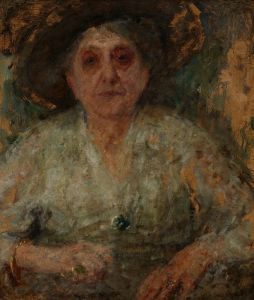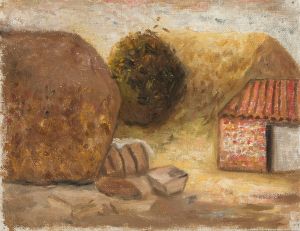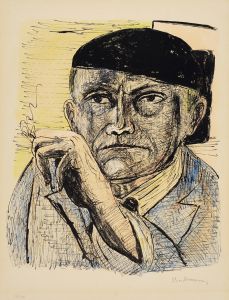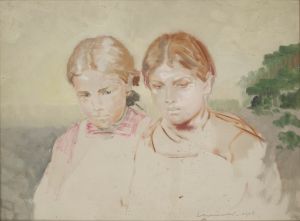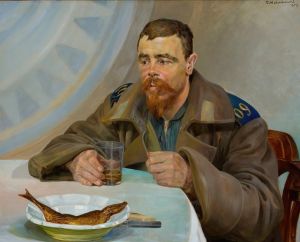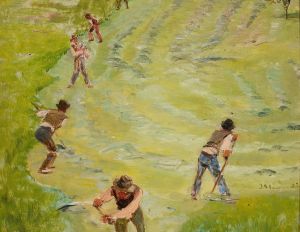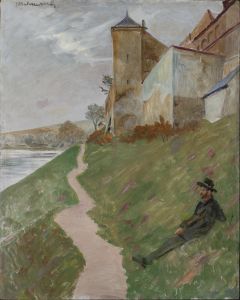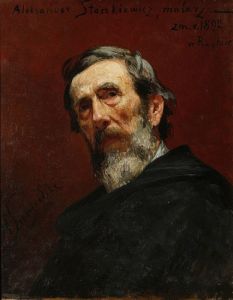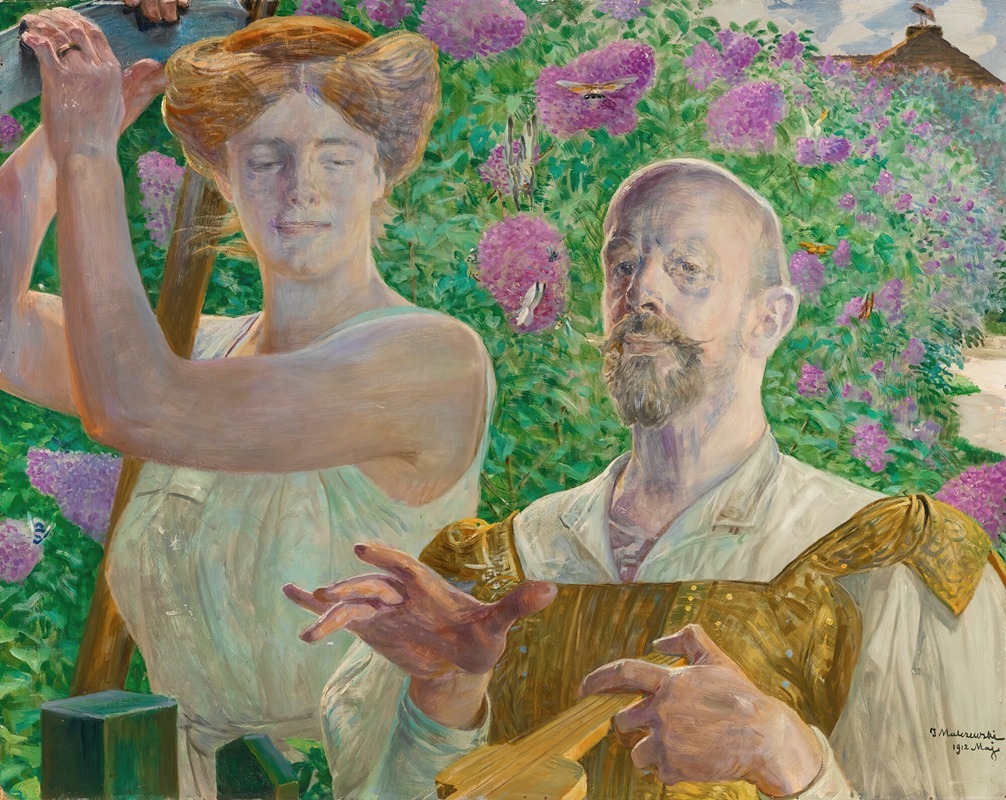
Self-portrait with muse and buddleia
A hand-painted replica of Jacek Malczewski’s masterpiece Self-portrait with muse and buddleia, meticulously crafted by professional artists to capture the true essence of the original. Each piece is created with museum-quality canvas and rare mineral pigments, carefully painted by experienced artists with delicate brushstrokes and rich, layered colors to perfectly recreate the texture of the original artwork. Unlike machine-printed reproductions, this hand-painted version brings the painting to life, infused with the artist’s emotions and skill in every stroke. Whether for personal collection or home decoration, it instantly elevates the artistic atmosphere of any space.
"Self-portrait with Muse and Buddleia" is a painting by the renowned Polish artist Jacek Malczewski, created in 1906. Malczewski is considered one of the most important figures in Polish Symbolism, and his works often explore themes of Polish identity, mythology, and personal introspection.
In this particular painting, Malczewski presents himself in a self-portrait, a common practice in his body of work. The composition features the artist alongside a muse, a recurring motif in his paintings, symbolizing inspiration and the creative process. The muse in this painting is depicted as a young woman, embodying the classical representation of artistic inspiration. She is often interpreted as a personification of the artist's inner creative spirit or as an allegorical figure representing the arts.
The inclusion of buddleia, a flowering plant known for attracting butterflies, adds a layer of symbolism to the painting. Buddleia, often referred to as the "butterfly bush," can be seen as a metaphor for transformation and the fleeting nature of beauty, themes that resonate with the Symbolist movement's preoccupation with the ephemeral and the mystical.
Malczewski's use of color and light in "Self-portrait with Muse and Buddleia" is notable. The artist employs a rich palette, with warm tones dominating the composition, creating a sense of intimacy and immediacy. The detailed rendering of the figures and the natural elements showcases Malczewski's technical skill and his ability to infuse his works with symbolic meaning.
The painting reflects Malczewski's deep engagement with Symbolism, a movement that sought to express the ineffable and the spiritual through art. His works often blend reality with fantasy, creating a dreamlike quality that invites viewers to delve into the deeper layers of meaning.
Jacek Malczewski was born in 1854 in Radom, Poland, and he studied at the Kraków School of Fine Arts. His career spanned several decades, during which he produced a significant body of work that includes portraits, allegorical scenes, and historical paintings. Malczewski's art is characterized by its exploration of Polish national identity, mythology, and the human condition.
"Self-portrait with Muse and Buddleia" is housed in the National Museum in Warsaw, Poland, where it remains an important part of the museum's collection. The painting continues to be studied and admired for its rich symbolism, technical mastery, and its insight into the mind of one of Poland's most influential artists.
Malczewski's legacy is marked by his contribution to the development of Polish art and his role in the Symbolist movement. His works remain a testament to his ability to blend personal introspection with broader cultural and philosophical themes, making him a pivotal figure in the history of European art.





